Vacuum casting is a prototyping process that accurately reproduces prototypes using various polymers.
Precisely replicates prototypes with original color, texture, and details, closely matching the final product
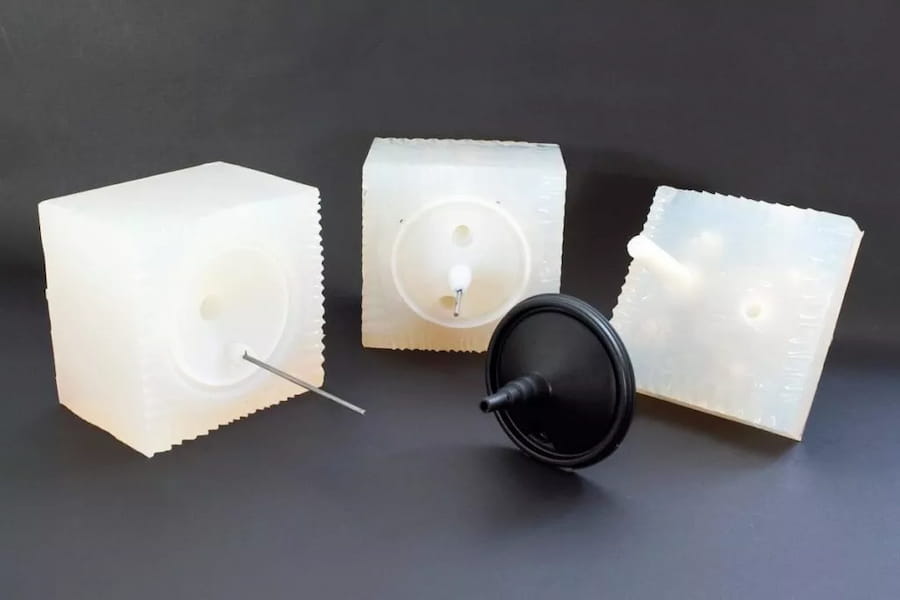
Vacuum molding, also known as silicone molding, in this process, an original pattern is utilized to create a silicone mold under vacuum conditions. Materials such as PU, silicone, nylon, ABS, among others, are injected into the mold under vacuum to replicate the original pattern.
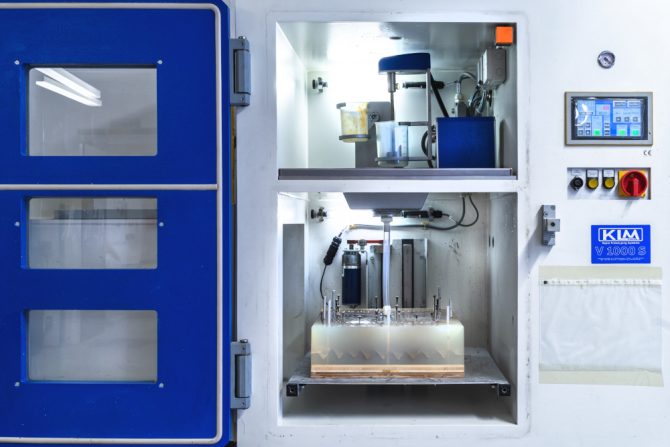
Vacuum casting delivers parts in as fast as 4 days, eliminating the need for tooling and expediting project timelines.
With low volume production, vacuum casting offers cheaper unit prices compared to other methods, making it ideal for budget-conscious projects.
Each silicone mold in vacuum casting has a lifespan of 15-25 shoots, perfect for precise, small batch production tailored to specific needs.
Here is a list of common materials used in vacuum casting, along with their characteristics.
TC-890 FR is UL Listed with a flammability rating at 1/16 inch (1.6 mm). It’s great for hand casting or machine dispensing electronic enclosures, or any parts requiring flame retardant characteristics.
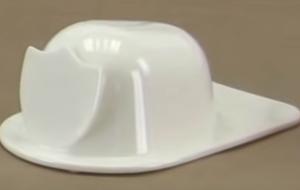
TC-872 is a polyurethane casting resin that produces a tough 80 shore D material. This system can be used to hand pour electronic housing, models of all kinds, and point of purchase items.
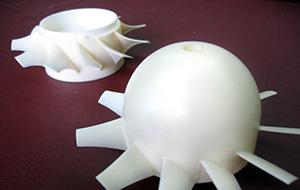
TC-1630 is a hard, tough, and fast-setting filled polyurethane casting resin. It is heat resistant and can be used in high-temperature applications.
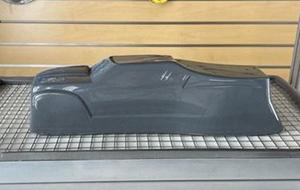
TC-852 produces a high impact, rigid 78 Shore D material that is commonly used to make computer housings, artwork, and can also be used for electronic component encapsulation.
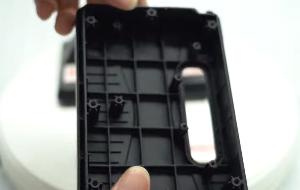
TC-266 is a flexible polyurethane foam with properties resembling soft furniture cushions. Common applications include prototypes, medical training devices, and movie special effects props.
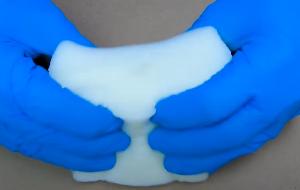
Before creating the soft tooling, the surface finishing is applied to the master pattern using paint and manual techniques. (xxxxxxxx) also offers additional processing options, including secondary finishes and painting, to enhance the final product’s performance and aesthetics.
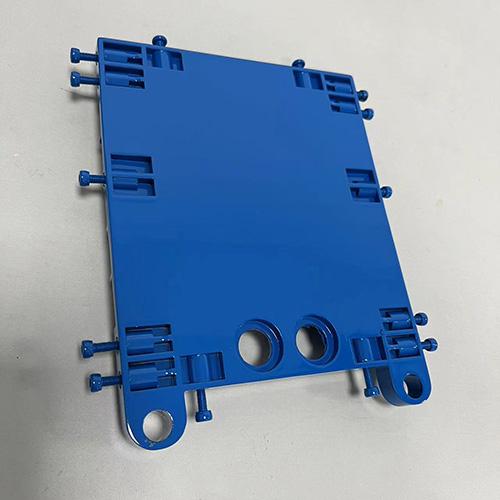
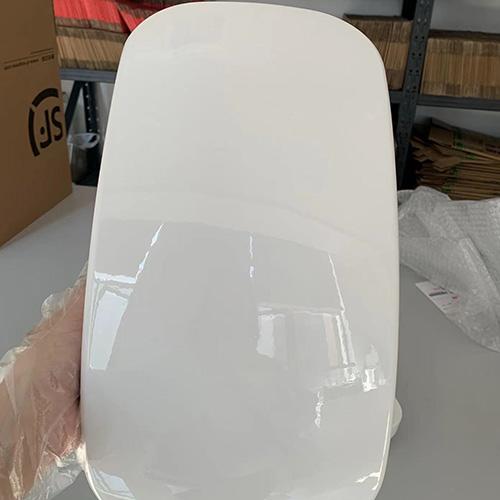
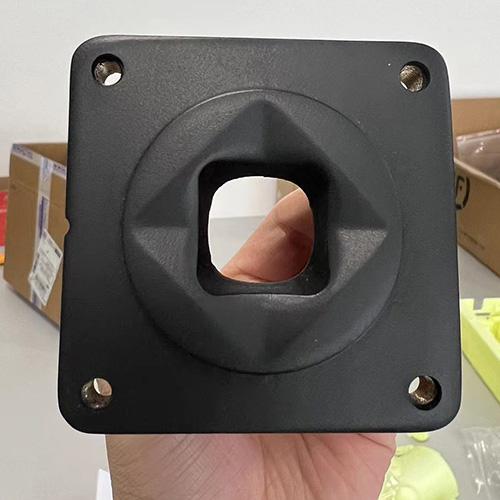
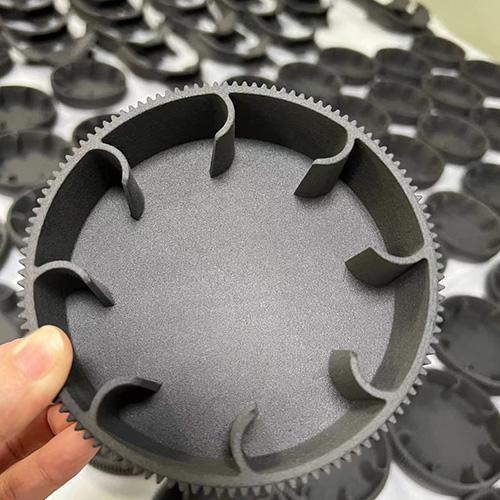
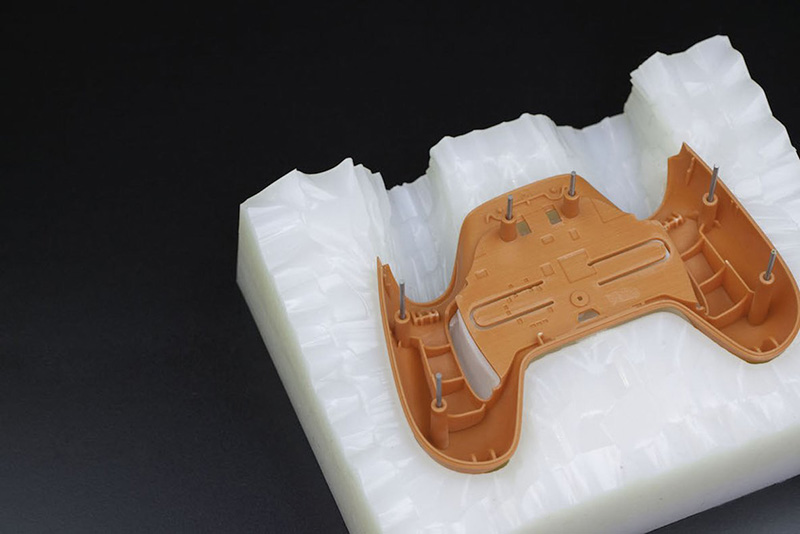

Submit your design files easily online for initial review and assessment.

Receive a detailed quote along with DFM analysis for optimized manufacturing.

Custom tool creation for injection molding of your design.

First round of sample production to ensure design and quality alignment.

Send samples for review and approve samples to green-light full-scale production.

Efficient mass production begins with agreed quality standards.